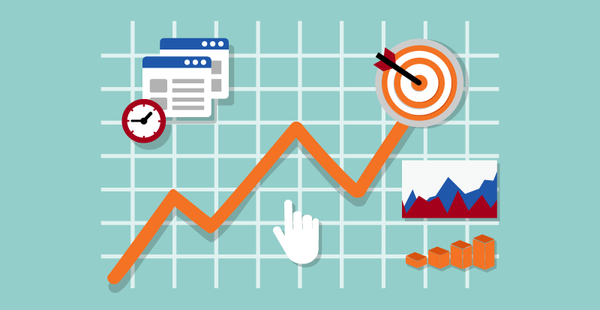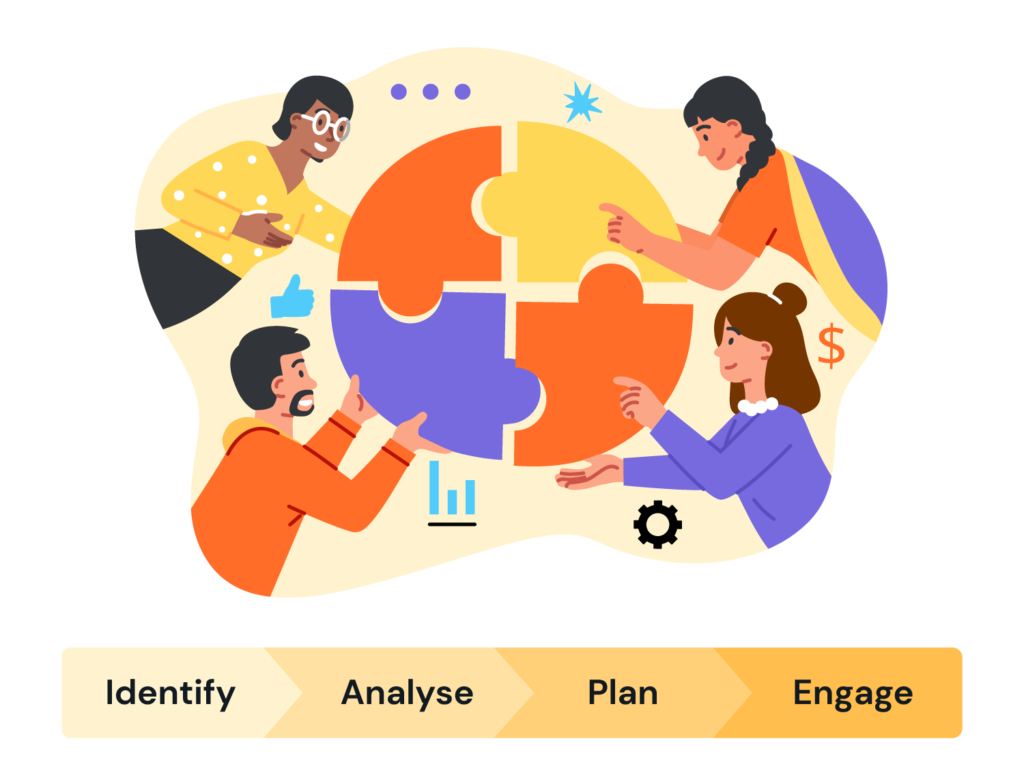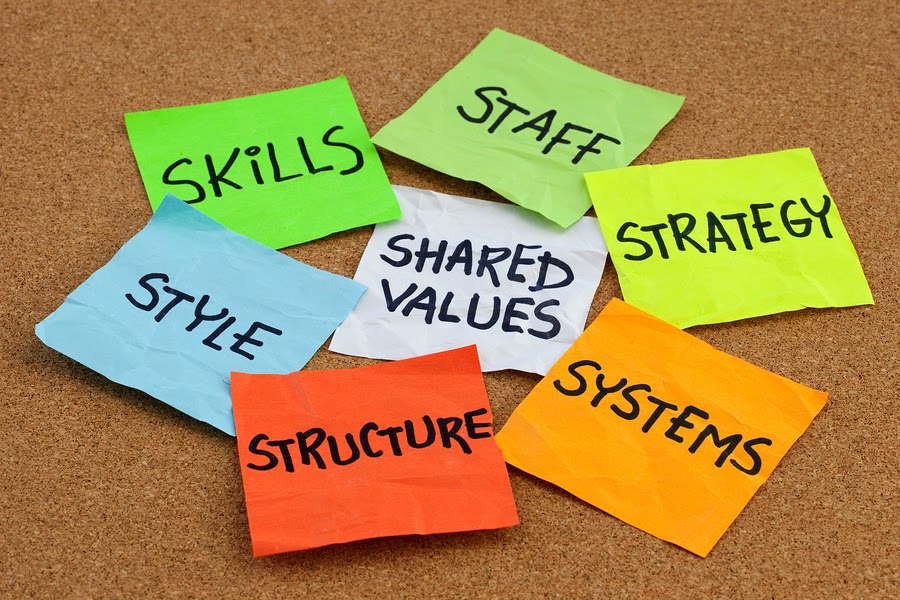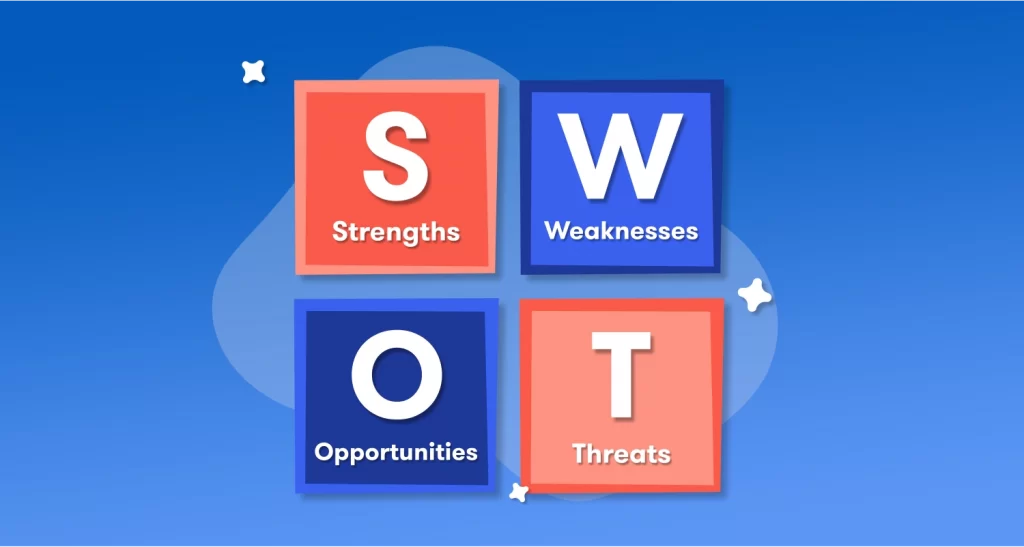The public relations industry is all about building relationships with stakeholders, whether they are customers, employees, investors, or the general public. To achieve this goal, PR professionals need to set clear goals and objectives that guide their strategies and tactics. In this blog post, we will discuss the importance of goals and objectives in PR, how to set them effectively, and some examples of PR goals and objectives.
Importance of Goals and Objectives in PR
Goals and objectives are essential for effective PR planning and implementation. They serve several important purposes, including:
- Providing a clear direction for PR efforts
- Helping PR professionals measure success and demonstrate the value of their work
- Helping allocate resources effectively
- Enhancing communication and coordination among team members
How to Set Goals and Objectives in PR
To set effective goals and objectives in PR, it is important to follow some best practices, such as:
- Aligning with organizational goals: Goals and objectives should be consistent with the overall goals and mission of the organization. PR professionals should work closely with other departments to ensure alignment.
- Being specific and measurable: Goals and objectives should be specific and measurable to allow for clear evaluation of success. Use quantifiable metrics such as audience reach, website traffic, and media impressions to measure effectiveness.
- Being realistic and time-bound: Goals and objectives should be achievable within a reasonable timeframe. Set deadlines and milestones to track progress.
- Considering the audience: Goals and objectives should be tailored to the needs and interests of the target audience. Understand the audience’s demographics, attitudes, and behaviors to develop effective strategies.
Examples of PR Goals and Objectives
Here are some examples of PR goals and objectives:
- Increase brand awareness: The goal is to increase the organization’s visibility and recognition among the target audience. An objective could be to increase media coverage by 30% in the next six months.
- Enhance reputation: The goal is to enhance the organization’s reputation among stakeholders. An objective could be to increase positive sentiment about the organization on social media by 20% in the next year.
- Promote thought leadership: The goal is to establish the organization as a thought leader in the industry. An objective could be to secure at least three speaking opportunities at industry conferences in the next six months.
By following these best practices for setting goals and objectives, PR professionals can develop effective communication strategies and tactics that build lasting relationships with stakeholders and deliver measurable results.
7 unique PR goals that will get results for your clients. Jeneration Academy. (n.d.). Retrieved March 23, 2023, from https://www.jenerationacademy.com/blog/PR-goals
Creators, C. (n.d.). The PR process: R.A.C.E. Digital Marketing Agency. Retrieved March 23, 2023, from https://www.campaigncreators.com/blog/pr-process-race/
Decker, A. (2022, December 27). The Ultimate Guide to Brand Awareness. HubSpot Blog. Retrieved March 23, 2023, from https://blog.hubspot.com/marketing/brand-awareness
How to set goals and Objectives. Public Relations Sydney. (2015, May 26). Retrieved March 23, 2023, from https://publicrelationssydney.com.au/how-to-set-goals-and-objectives/










